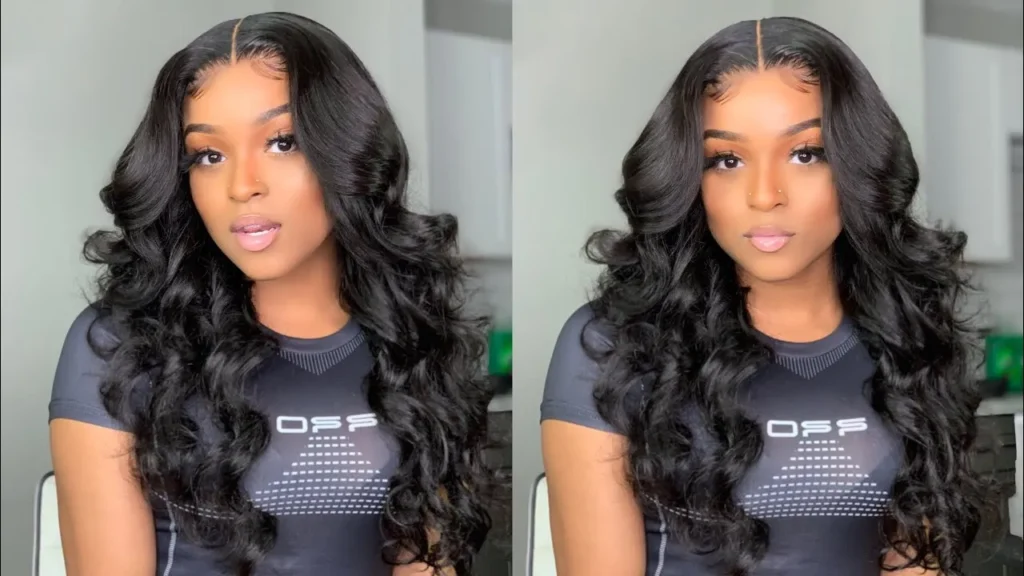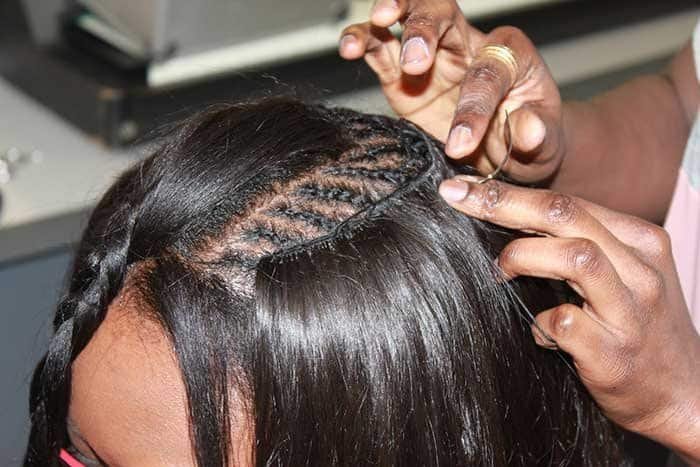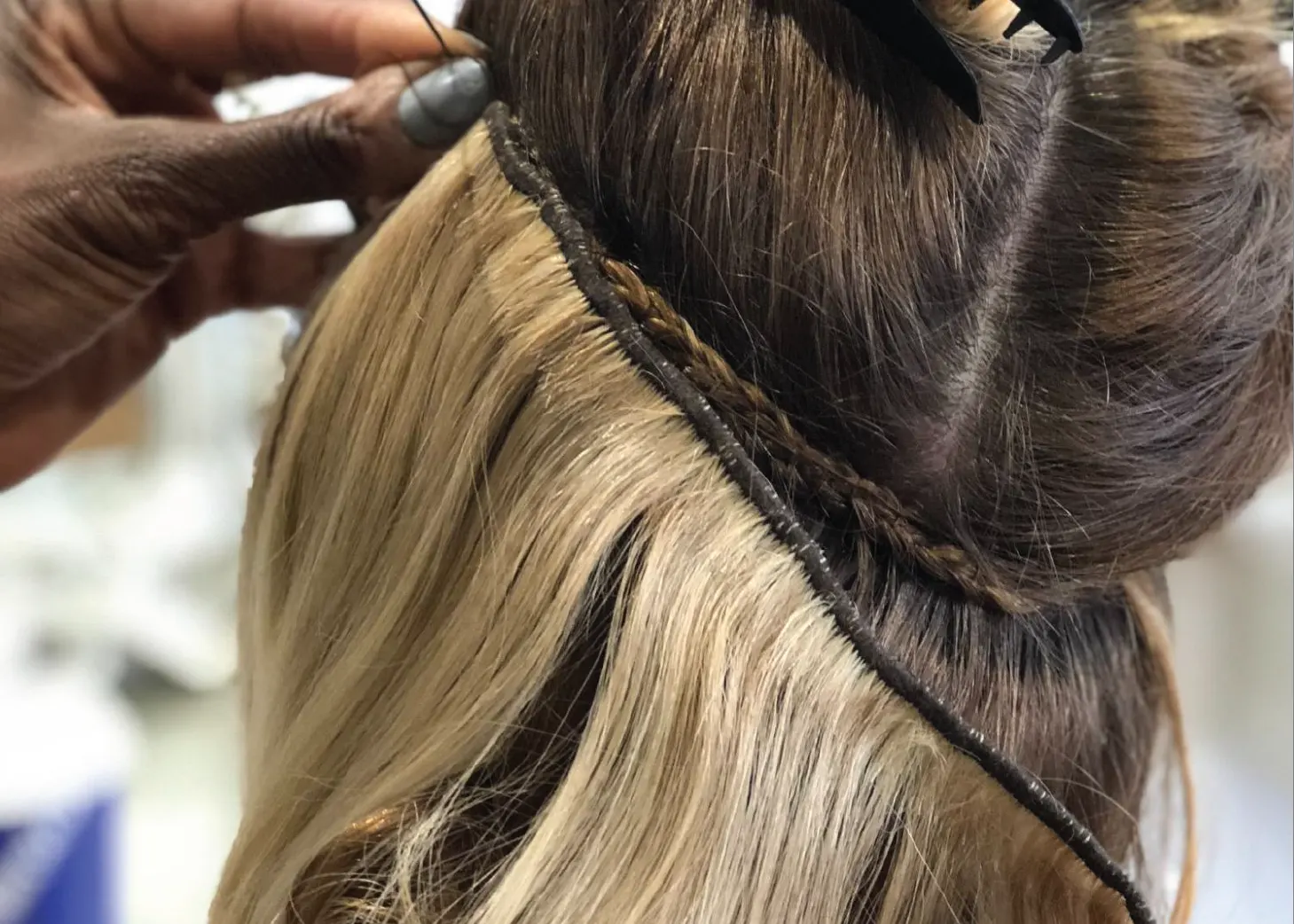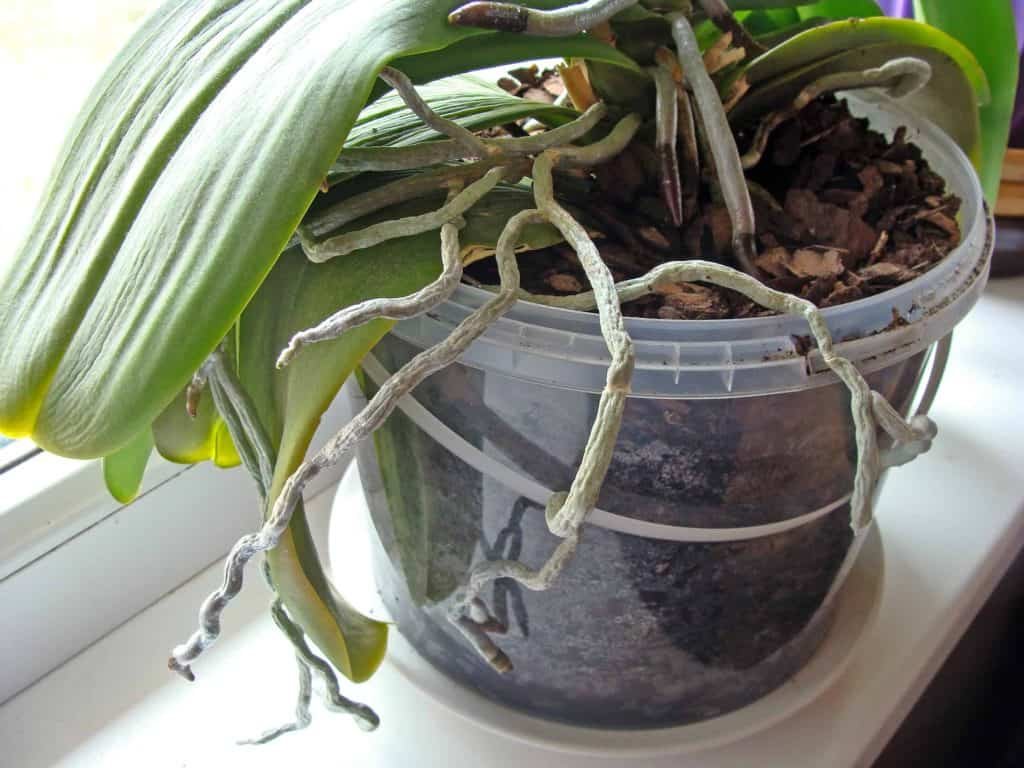Hair weaves have become increasingly popular in recent years, offering individuals the opportunity to transform their hair and achieve a variety of different looks. However, understanding the basics of hair weaves is crucial before diving into this world of extensions and enhancements. So, what is a hair weave?
As an enthusiast who has extensively researched and experienced the world of hair weaves, I am here to provide you with an extra-long article that covers everything you need to know about this topic.
Key Takeaways
- Hair weaves are a popular way to add length, volume, and versatility to your hair.
- There are different types of hair weaves, including sew-in, glue-in, and clip-in options.
- When choosing a hair weave, consider factors such as your hair type, lifestyle, and budget.
- Proper preparation, installation, and maintenance are essential for the health and longevity of your hair weave.
- With the right care and styling techniques, hair weaves can be a beautiful and versatile addition to your look.
Introduction to Hair Weaves
Hair weaves are essentially artificial or natural hair extensions that are woven or sewn into your own hair, adding length, volume, and sometimes even color. They have gained immense popularity due to their ability to instantly transform one’s appearance without any permanent changes or commitments. Whether you desire long flowing locks for a special occasion or want to experiment with different hairstyles on a daily basis, hair weaves offer endless possibilities.
The benefits of using hair weaves extend beyond just aesthetics. They can also help protect your natural hair from damage caused by heat styling tools and harsh environmental factors such as sun exposure and pollution. Additionally, they provide an opportunity for individuals with thin or fine hair to achieve fuller-looking locks without resorting to chemical treatments or invasive procedures.
Different Types of Hair Weaves
There are several types of hair weaves available in the market today, each offering unique advantages depending on your preferences and lifestyle.
Sew-in weaves involve braiding your natural hair tightly against your scalp in cornrows before sewing the extensions onto these braids using a needle and thread. This method provides excellent security but requires professional assistance for installation.
Clip-in weaves consist of individual sections of extensions that are attached using small clips along the roots of your natural hair strands. This type allows for easy removal and reapplication whenever desired but may not be suitable for those seeking long-term wear.
Tape-in weaves involve attaching pre-taped extensions to your natural hair using a special adhesive. This method offers a seamless and natural look, but it requires regular maintenance and professional removal.
Fusion weaves involve attaching individual strands of extensions to your natural hair using a keratin-based adhesive that is melted with heat. This method provides long-lasting results but can be time-consuming and may cause damage if not applied correctly.
Micro-link weaves use small metal rings or beads to attach the extensions to your natural hair. This method allows for flexibility in terms of styling and maintenance, but it requires regular adjustments as the rings may loosen over time.
Choosing the Right Hair Weave
| Factors to Consider | Importance | Options |
|---|---|---|
| Texture | High | Straight, Wavy, Curly, Kinky |
| Length | Medium | Short, Medium, Long |
| Color | High | Natural, Bold, Ombre |
| Quality | High | Human Hair, Synthetic Hair |
| Price | Medium | Budget, Mid-Range, High-End |
Selecting the right type of hair weave depends on various factors such as your hair type and texture, lifestyle, budget, and desired look. It is essential to consider these aspects before making a decision to ensure you achieve the desired results without compromising your comfort or damaging your natural hair.
If you have fine or thinning hair, clip-in weaves might be an ideal choice as they provide temporary volume without putting excessive strain on your scalp. On the other hand, if you have thick or coarse hair that can handle more weight, sew-in weaves or fusion weaves could be suitable options for long-term wear.
Your lifestyle and activity level should also influence your decision-making process. If you lead an active lifestyle that involves frequent workouts or swimming sessions, tape-in weaves might be more convenient as they are less likely to come loose compared to other methods.
Budget is another crucial factor when choosing a hair weave since prices can vary significantly depending on factors such as quality of materials used and complexity of installation. It’s important not to compromise quality for cost savings since investing in high-quality extensions will ensure longevity and minimize potential damage.
Lastly, consider how you want your final look to appear – whether it’s adding length only or incorporating additional volume and color variations into your hairstyle. Understanding these preferences will help you make an informed decision when selecting the right hair weave.
Preparing Your Hair for a Weave
Before installing a hair weave, it is essential to prepare your natural hair properly to ensure optimal results and minimize potential damage. This preparation process involves several steps, including washing and conditioning, detangling and trimming, scalp care, and protective styling.
Start by washing your hair with a gentle shampoo to remove any product buildup or impurities. Follow up with a moisturizing conditioner to restore hydration and nourishment to your strands. It’s important not to skip this step as clean and well-conditioned hair provides a solid foundation for the weave installation.
Next, detangle your hair using a wide-tooth comb or brush specifically designed for wet hair. This will help prevent unnecessary breakage during the installation process. If necessary, trim any split ends or damaged sections of your natural hair before adding the extensions.
Scalp care is often overlooked but plays a crucial role in maintaining healthy natural hair while wearing a weave. Massage your scalp regularly using oils or serums that promote circulation and nourish the roots of your natural strands.
Lastly, consider protective styling options such as braids or twists that can help distribute the weight of the extensions evenly across your scalp while also protecting them from excessive manipulation or tension.
Installing a Hair Weave
Installing a hair weave can be done at home if you have experience and confidence in doing so; however, seeking professional assistance is highly recommended for beginners or those who desire flawless results without any potential mishaps.
Choosing the right installation method depends on factors such as desired longevity of wear, personal comfort level with maintenance requirements, and desired final look. For example:
– Sew-in weaves require sectioning off small portions of your natural braided base before sewing each extension onto these braids using needle and thread.
– Tape-in weaves involve applying pre-taped extensions close to the roots of your natural hair, sandwiching a thin section of your hair between two adhesive strips.
– Fusion weaves require melting a keratin-based adhesive with heat and attaching individual strands of extensions to small sections of your natural hair.
– Micro-link weaves involve threading small metal rings or beads onto individual strands of your natural hair, then securing the extensions by clamping the rings closed.
Regardless of the method chosen, it is crucial to prepare the hair extensions beforehand. This involves washing and conditioning them to remove any chemical coatings or residues that may affect their appearance or longevity. Additionally, ensure that you have enough extensions for a seamless blend with your natural hair.
Sectioning and braiding your natural hair properly is essential for an even distribution of weight and tension across your scalp. Take time to create neat and secure braids that will serve as the foundation for attaching the weave.
When sewing in the weave, use a strong thread that matches your natural hair color to ensure discreetness. Be mindful not to sew too tightly as this can cause discomfort or damage to both your scalp and natural strands.
Maintaining Your Hair Weave
Proper maintenance is key when it comes to prolonging the lifespan of your hair weave while keeping it looking healthy and vibrant. This maintenance routine includes regular washing and conditioning, detangling and brushing, protecting the hai r while sleeping, and avoiding excessive heat styling.
Regular washing and conditioning helps to remove dirt, oil, and product buildup from the hair weave, keeping it clean and fresh. Detangling and brushing the hair weave gently with a wide-tooth comb or a brush specifically designed for extensions helps to prevent tangling and breakage.
It is also important to protect the hair while sleeping by wrapping it in a satin or silk scarf or using a satin or silk pillowcase to minimize friction and prevent frizz. Additionally, excessive heat styling should be avoided as it can cause damage to the hair weave.
If heat styling is necessary, it is important to use a heat protectant spray and to set the styling tools at a lower temperature. By following these maintenance tips, you can ensure that your hair weave stays in great condition for longer.
FAQs
What is a hair weave?
A hair weave is a hair extension technique that involves sewing or gluing hair extensions onto a person’s natural hair to add length, volume, or color.
What are the different types of hair weaves?
There are several types of hair weaves, including sew-in weaves, glue-in weaves, clip-in weaves, and tape-in weaves. Each type has its own advantages and disadvantages.
How long do hair weaves last?
The lifespan of a hair weave depends on the type of weave, the quality of the hair extensions, and how well the weave is maintained. Generally, a weave can last anywhere from 4 to 12 weeks.
How do I choose the right hair extensions for my weave?
When choosing hair extensions for your weave, consider the texture, color, and length of your natural hair. It’s also important to choose high-quality hair extensions that will blend well with your natural hair and last for the duration of the weave.
How do I care for my hair weave?
To care for your hair weave, avoid using heavy oils or products that can weigh down the hair extensions. Use a gentle shampoo and conditioner, and avoid excessive heat styling. It’s also important to have the weave removed and reinstalled by a professional to prevent damage to your natural hair.
Originally posted 2024-01-15 02:43:33.






